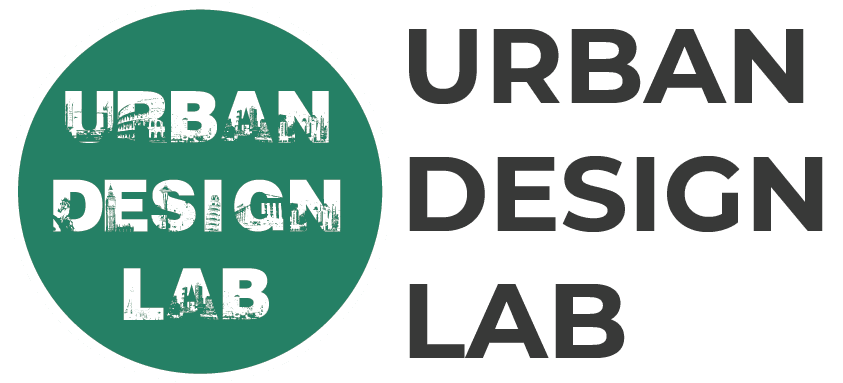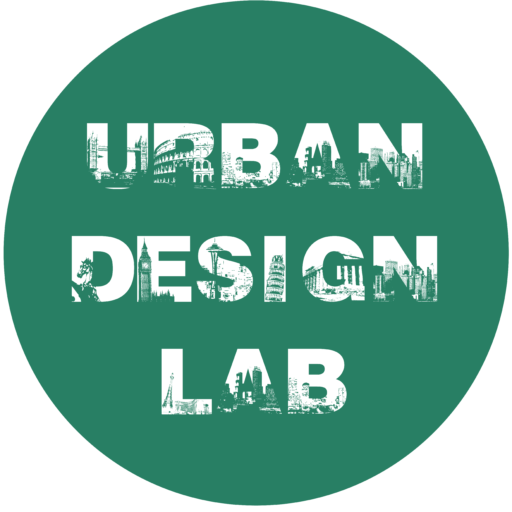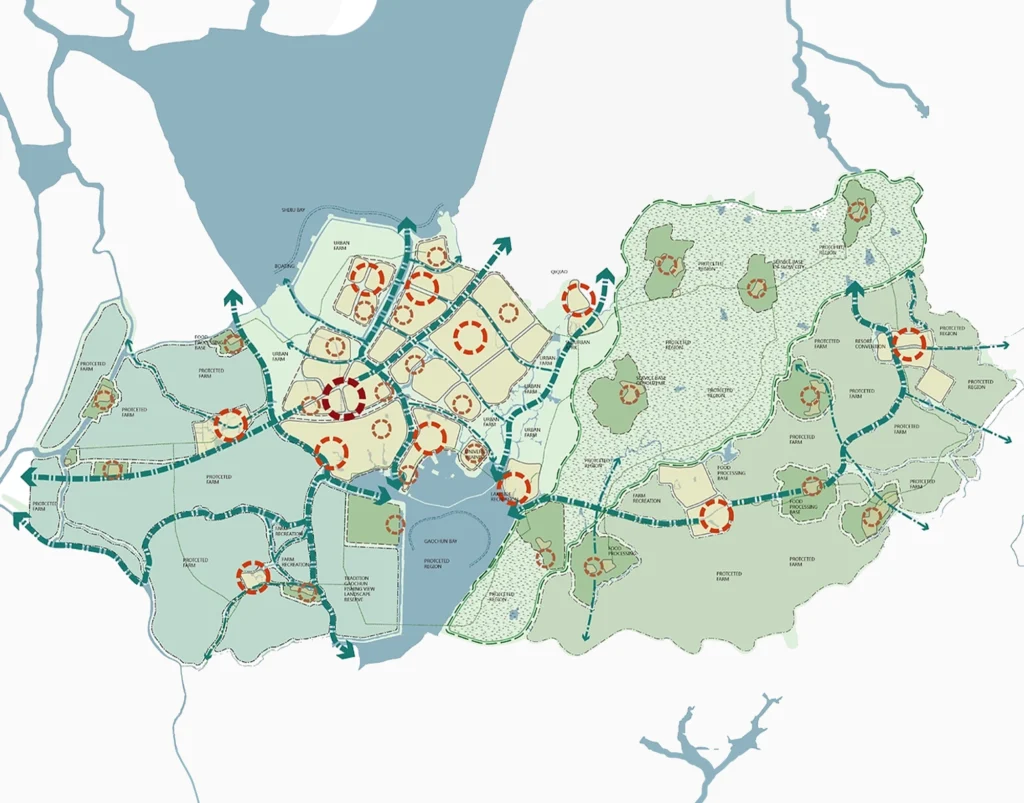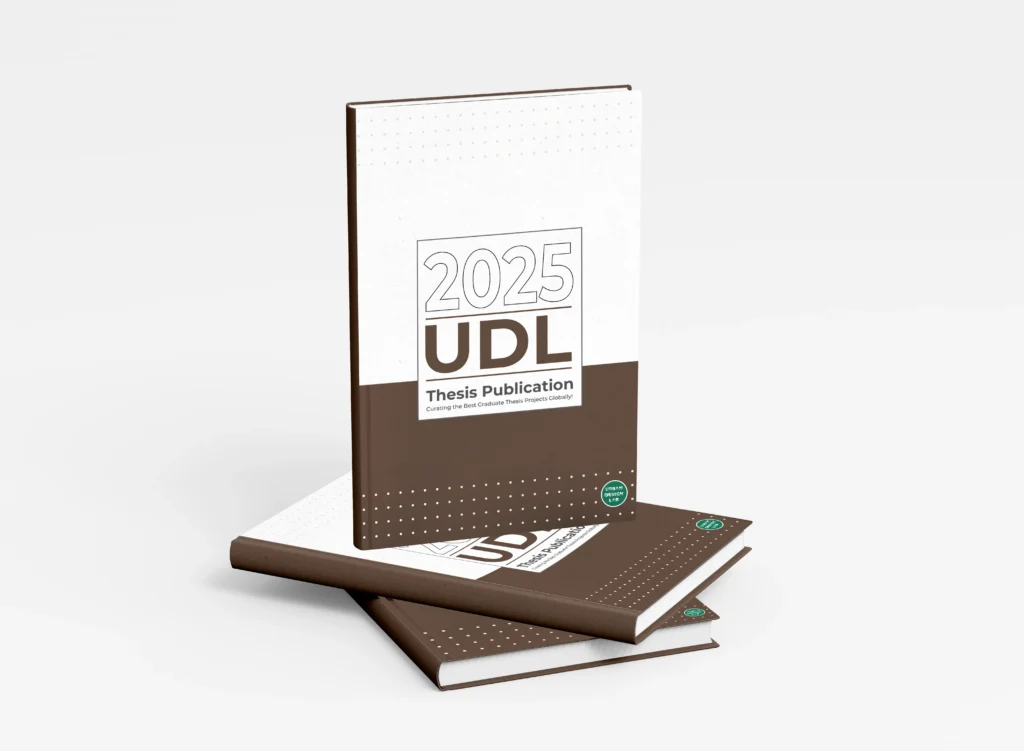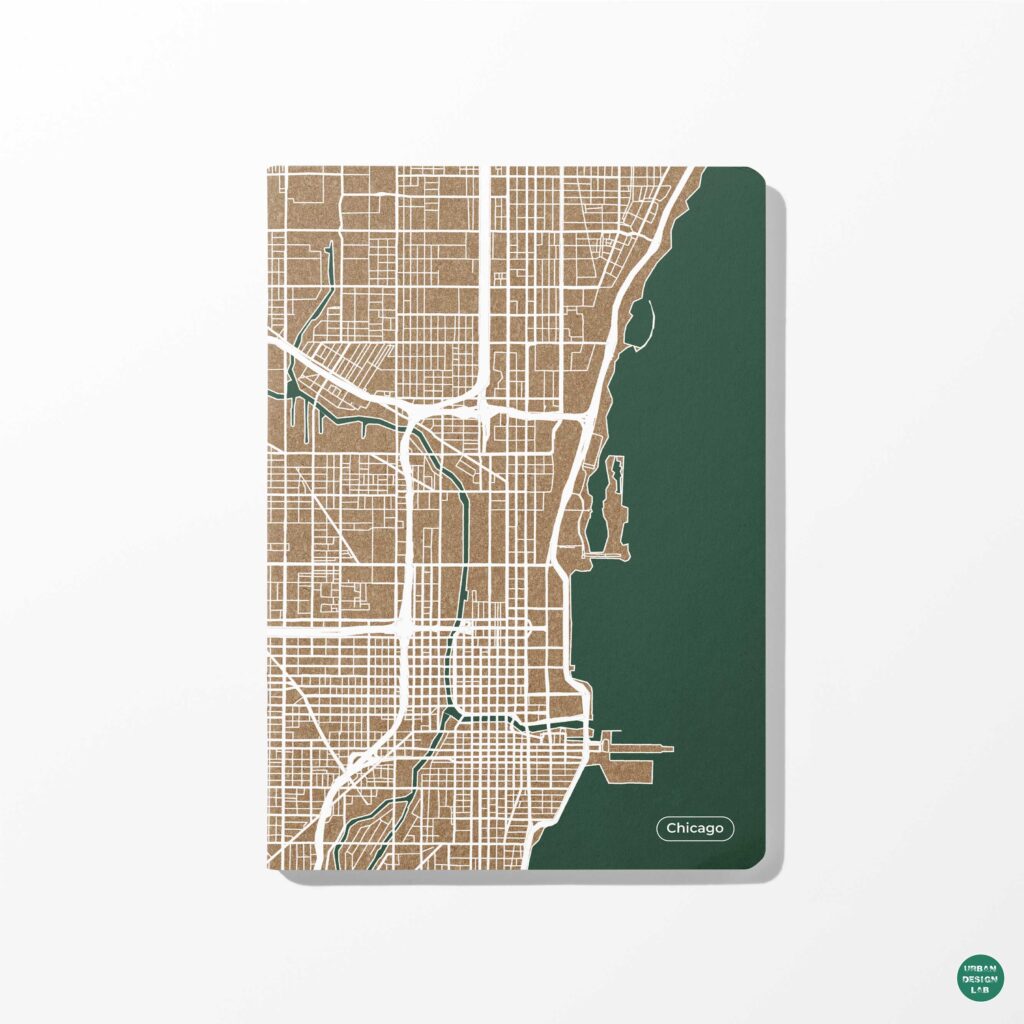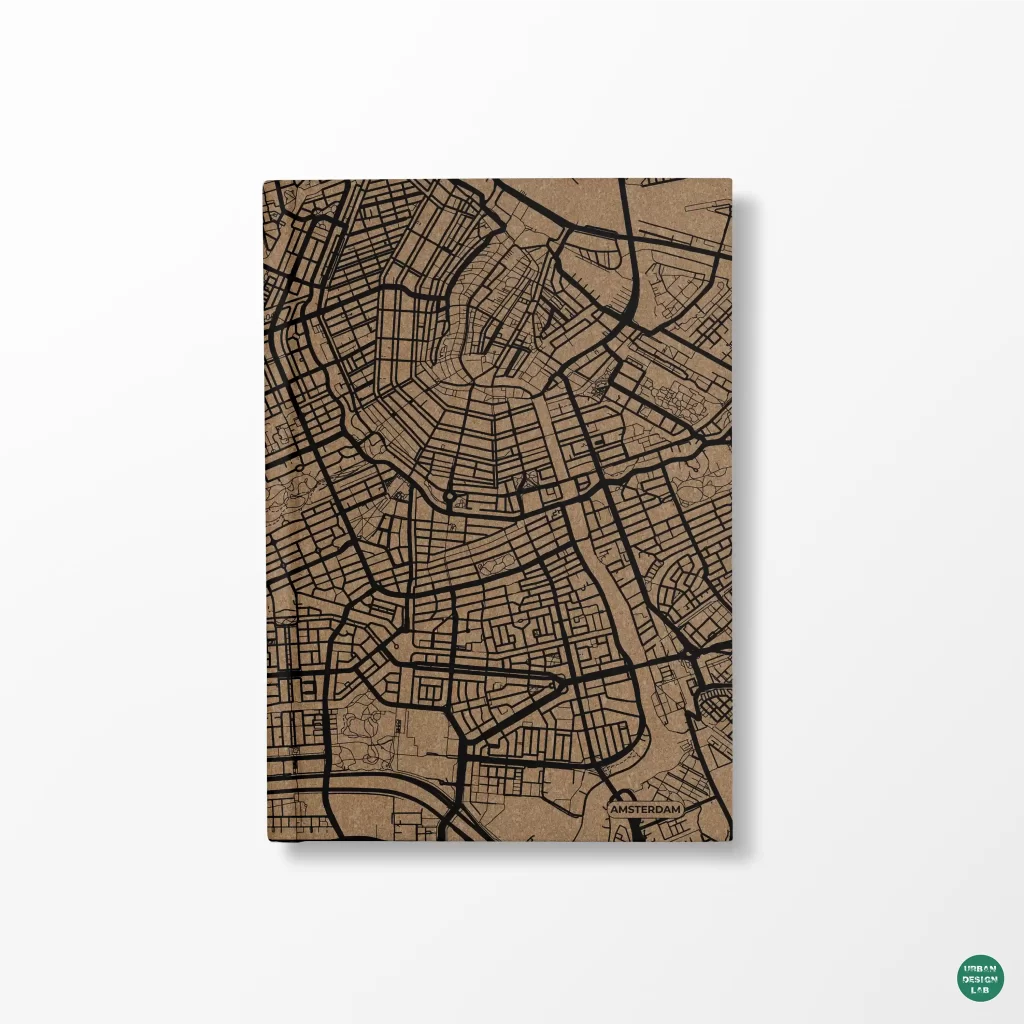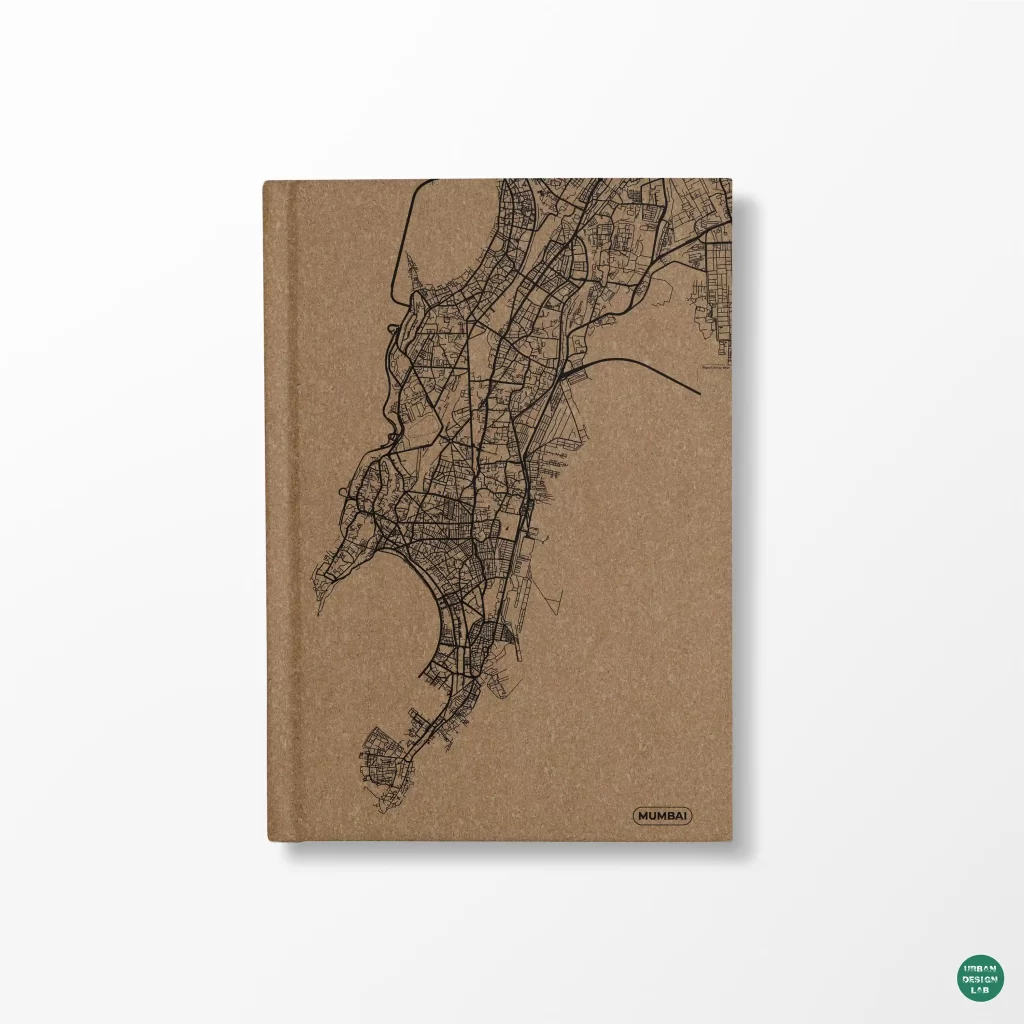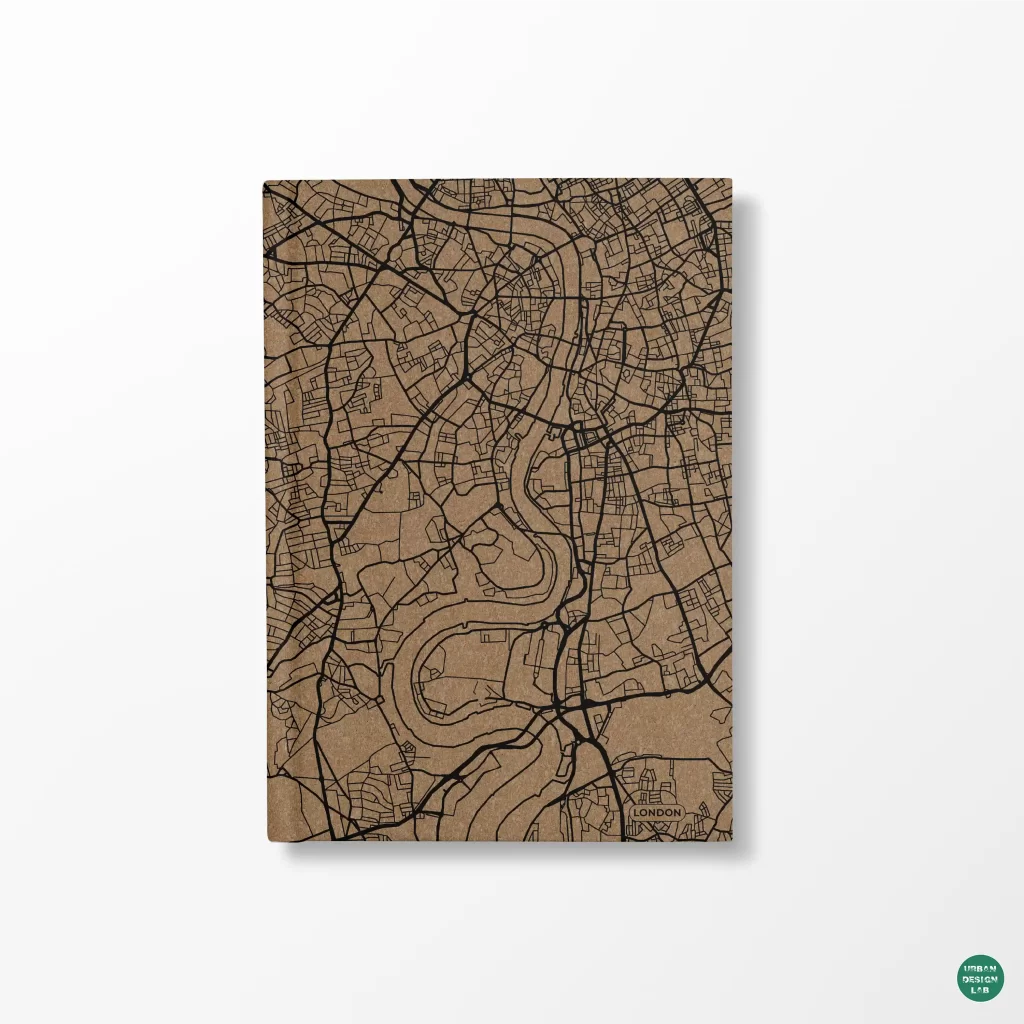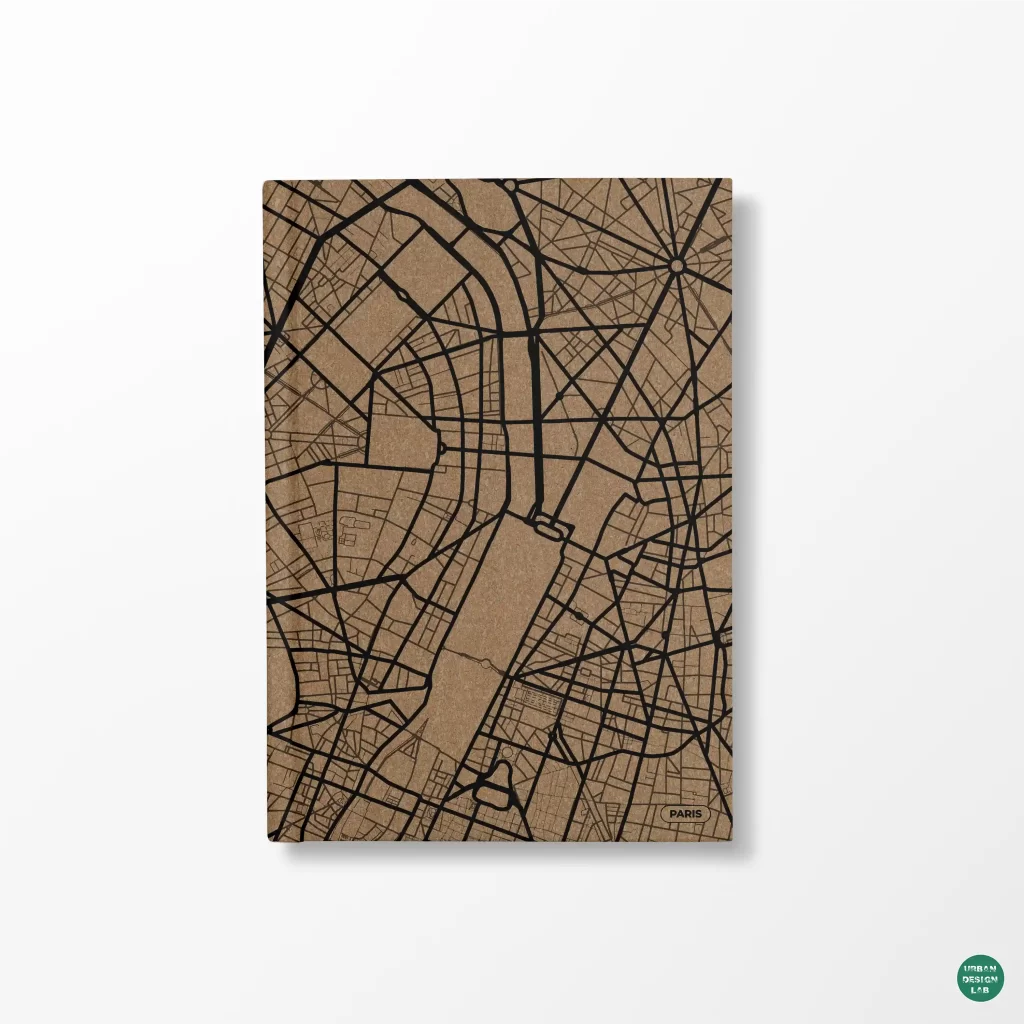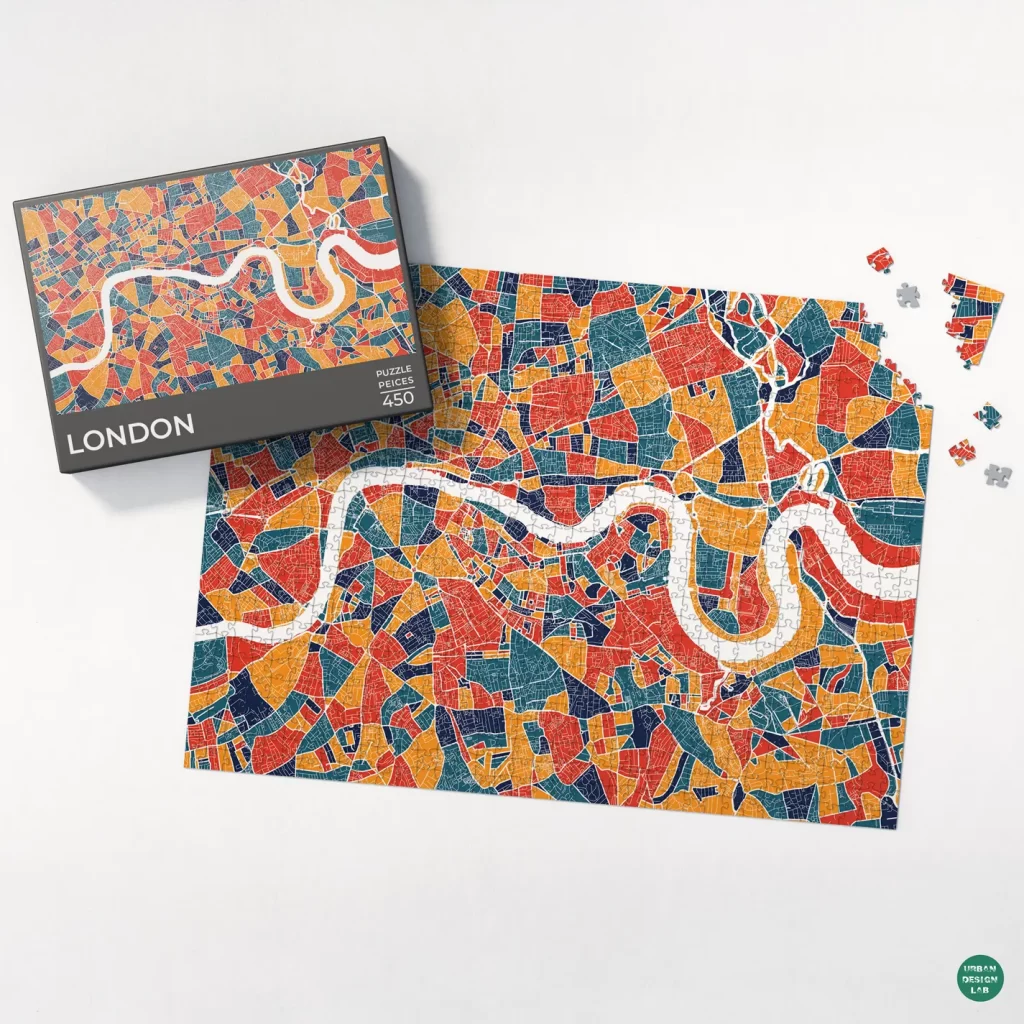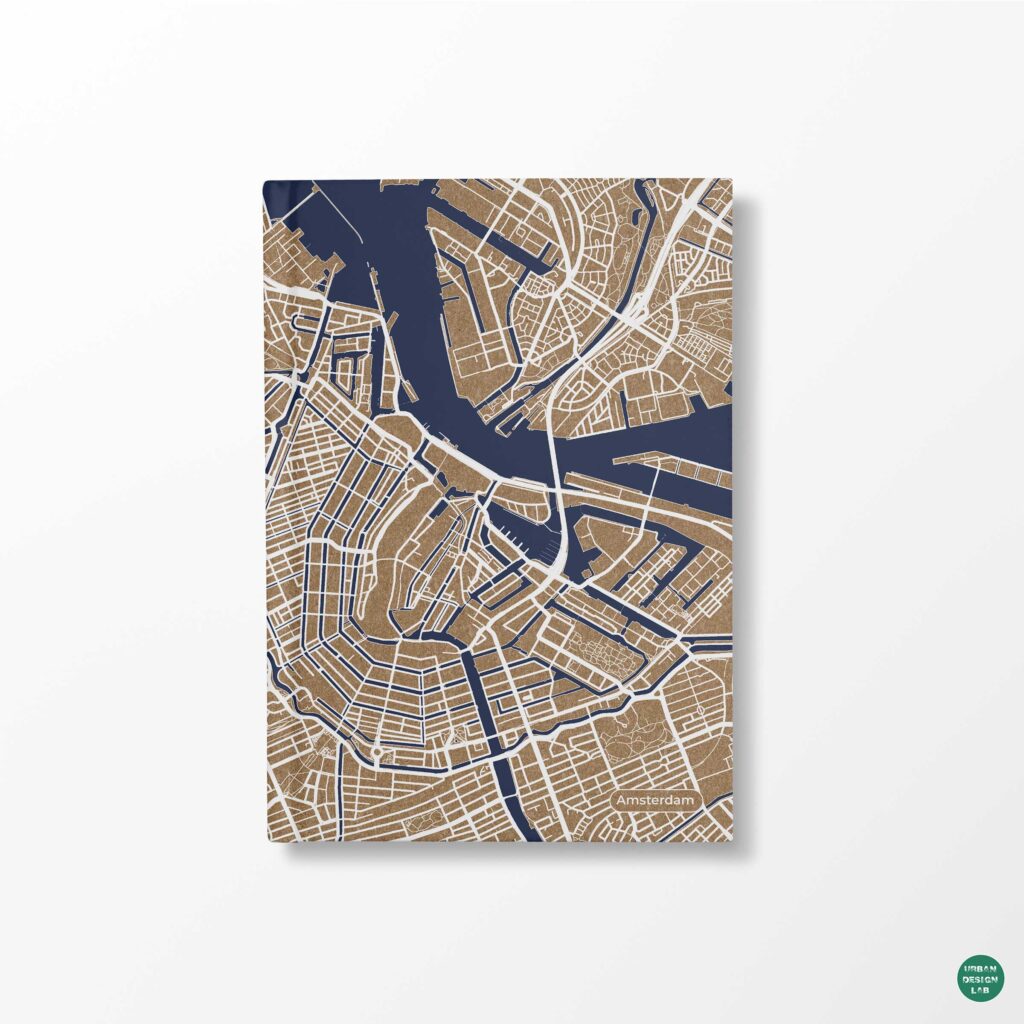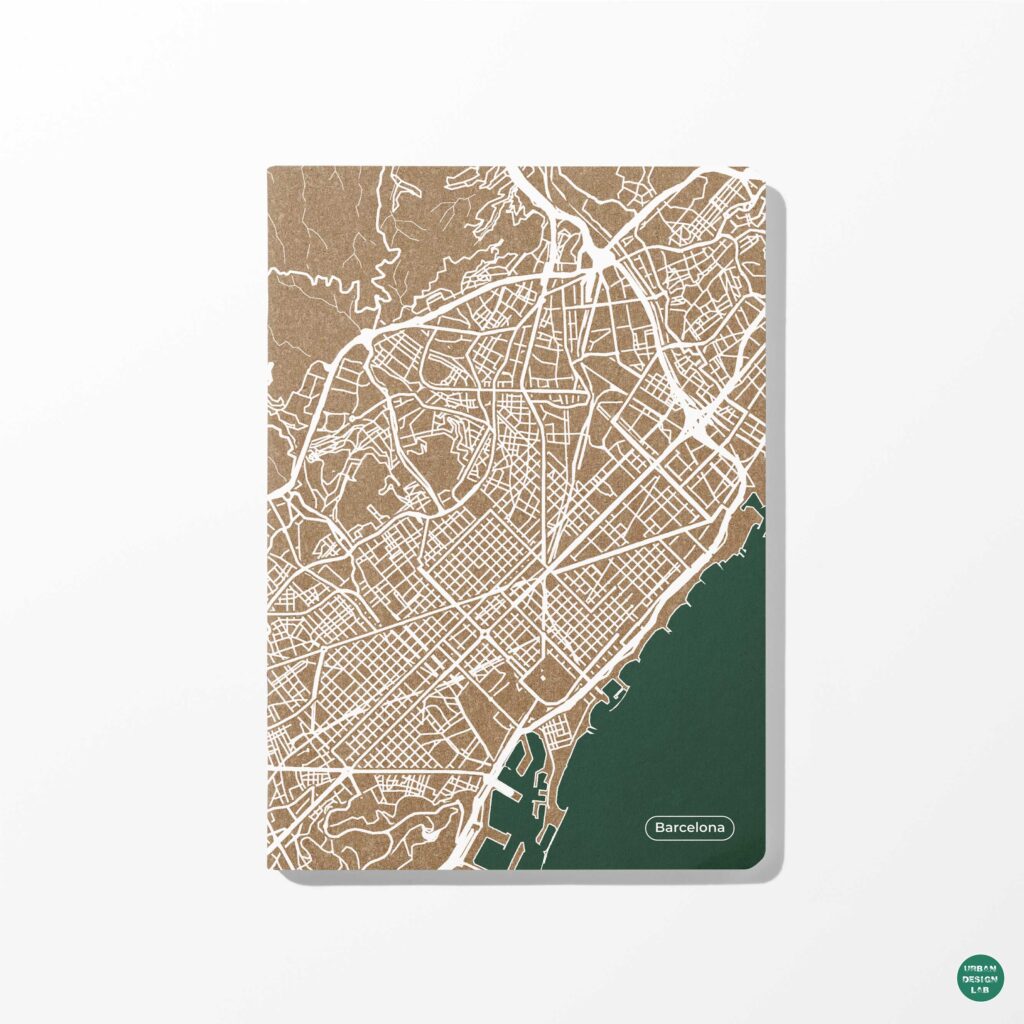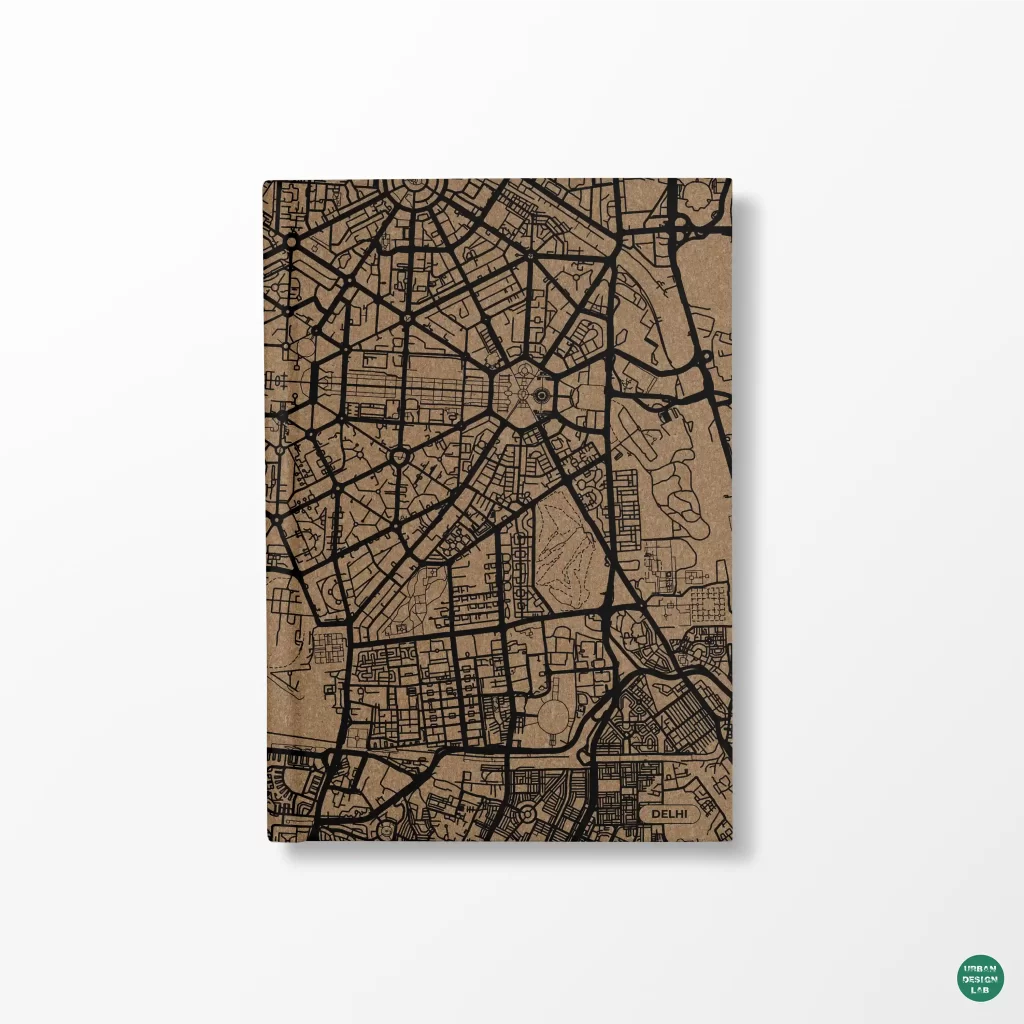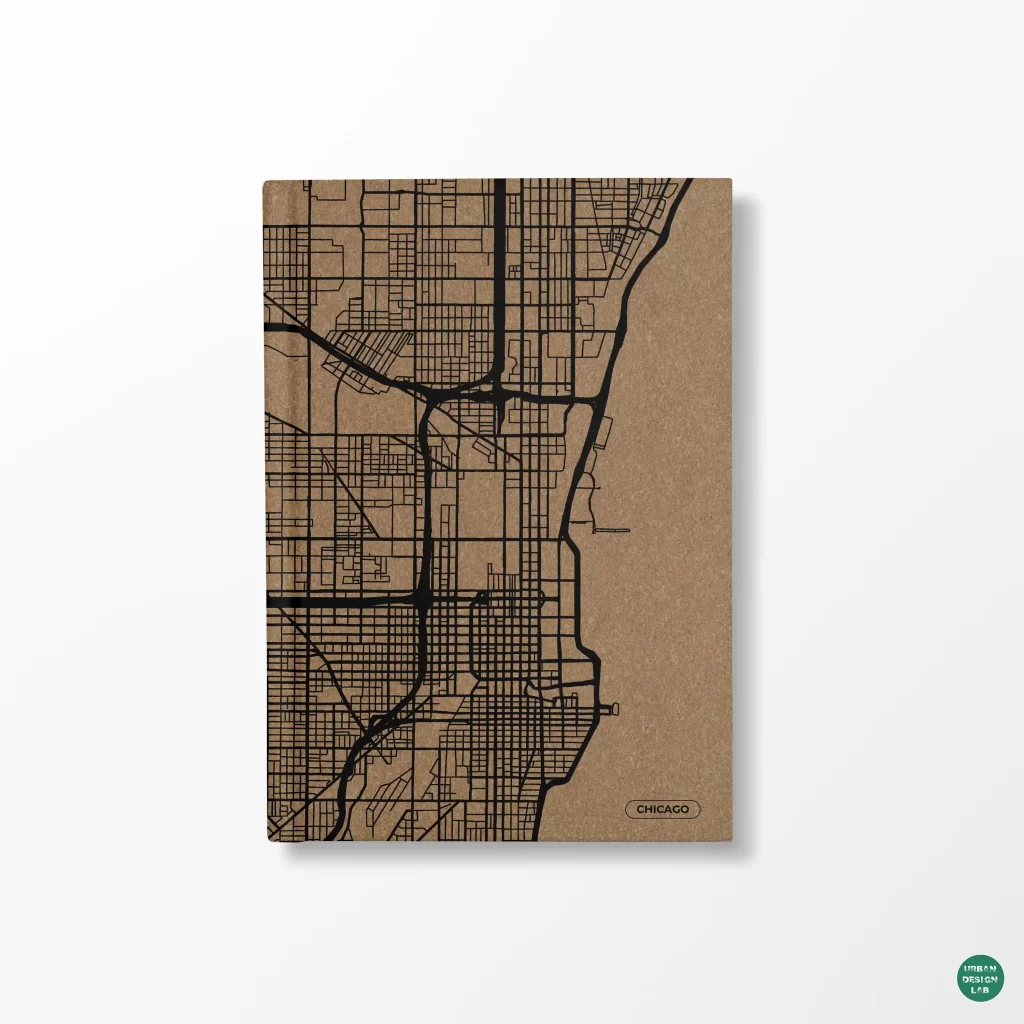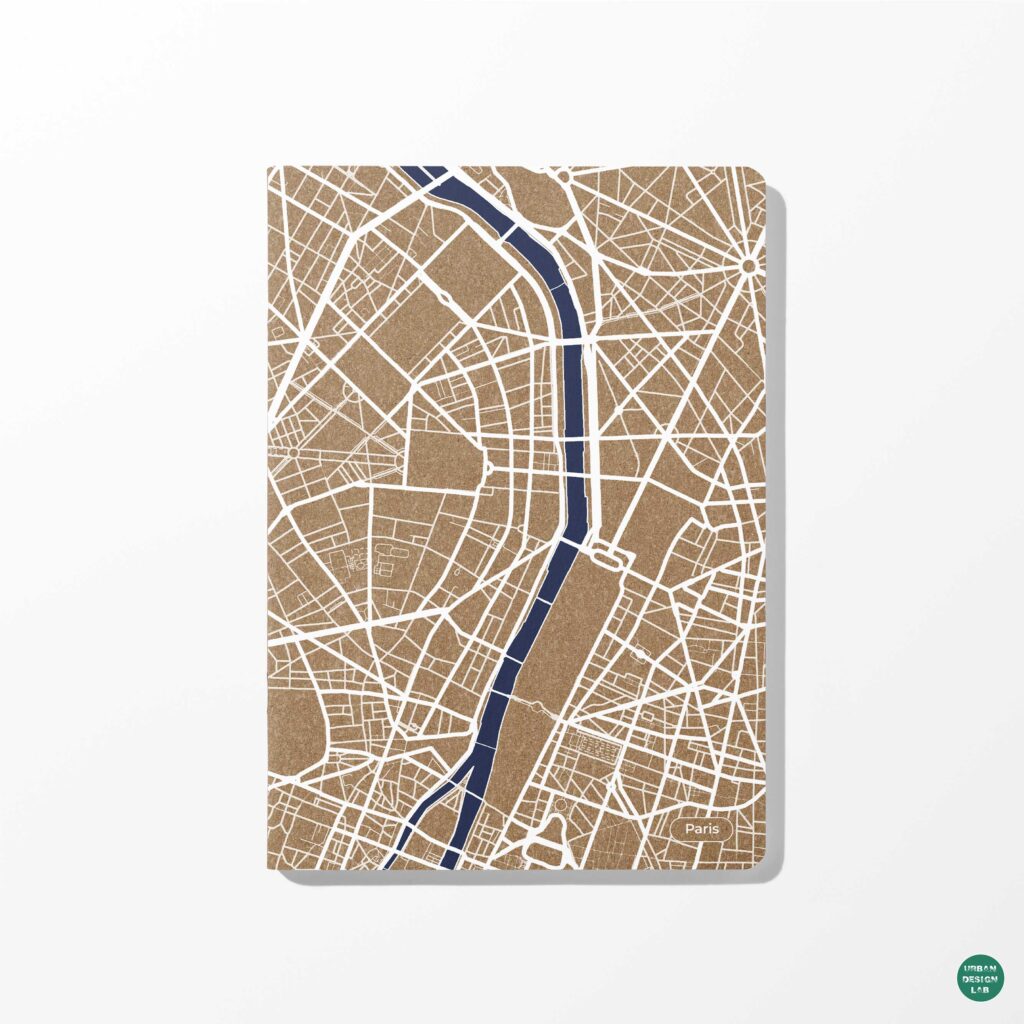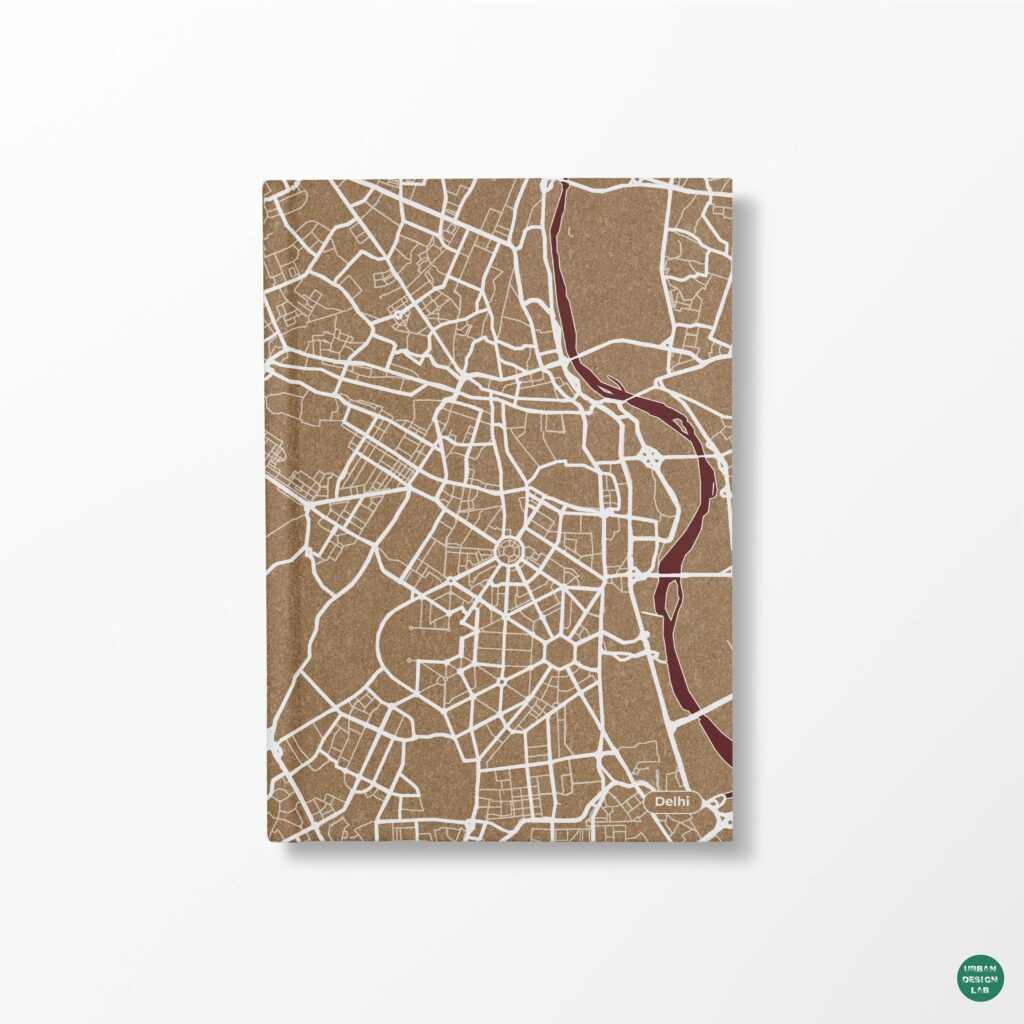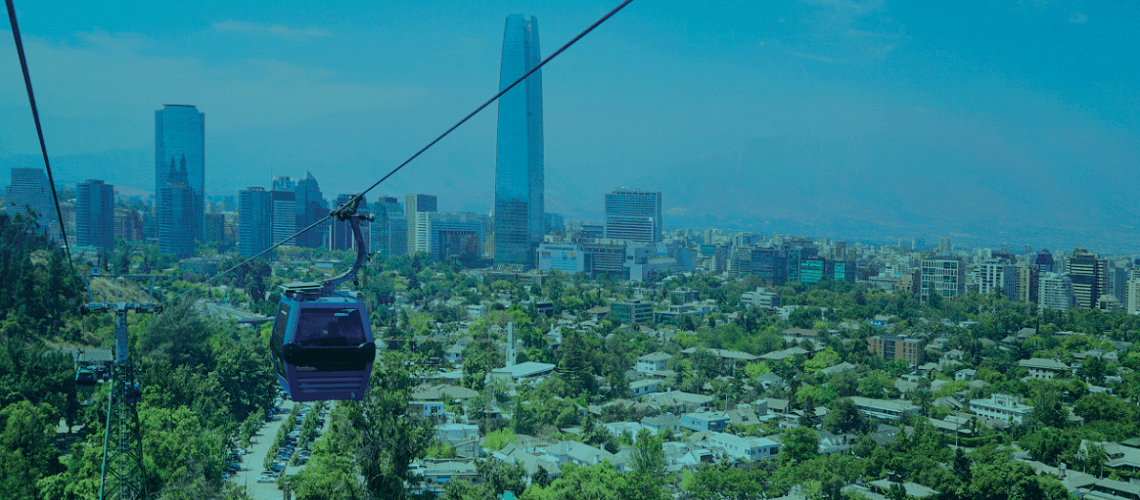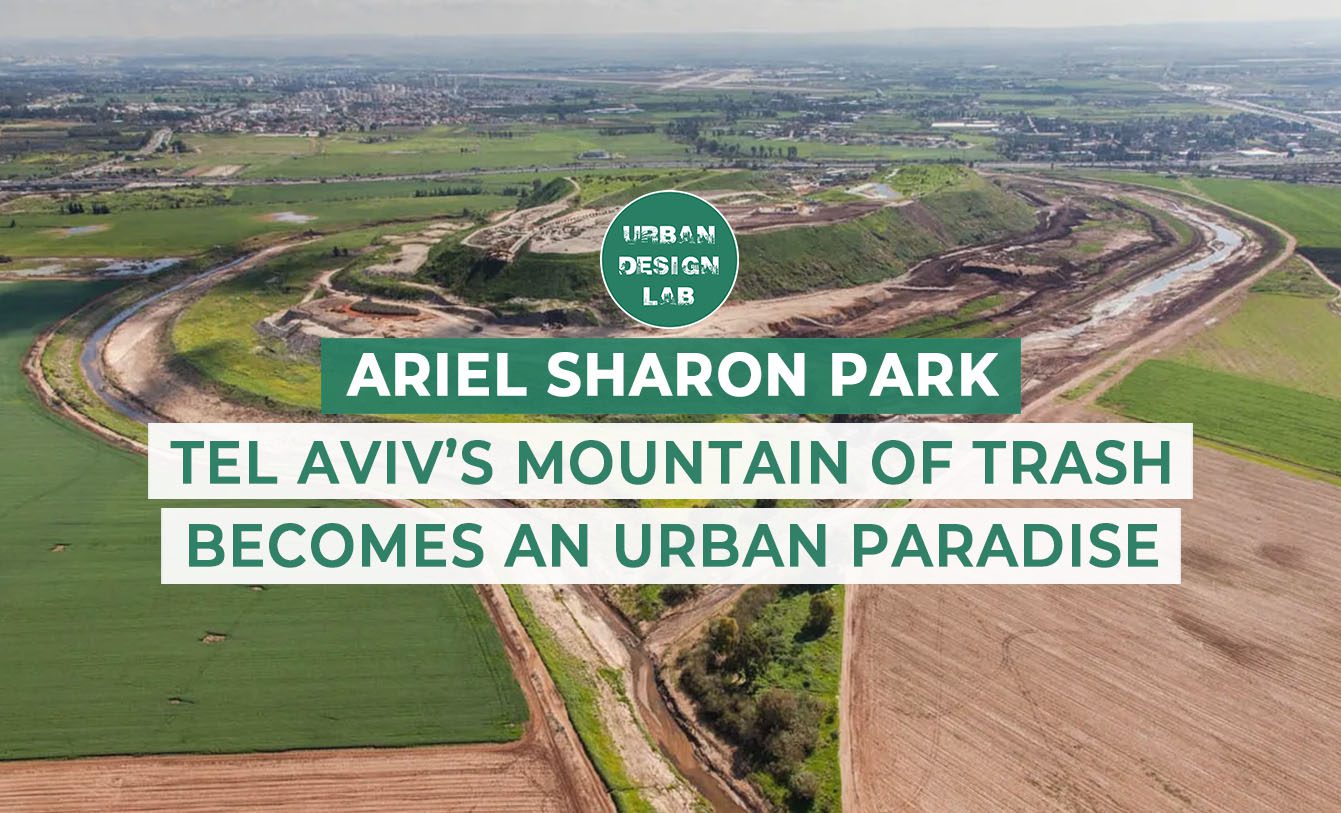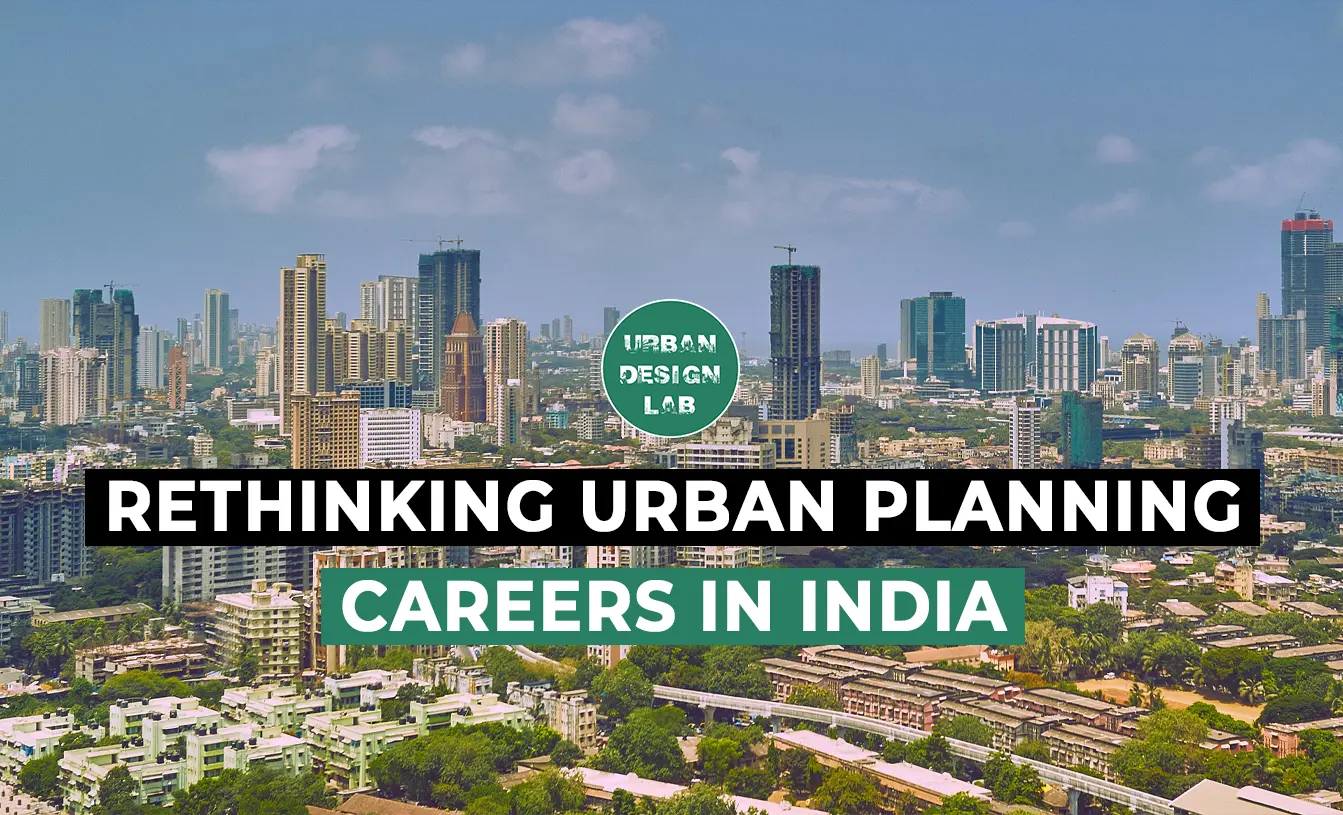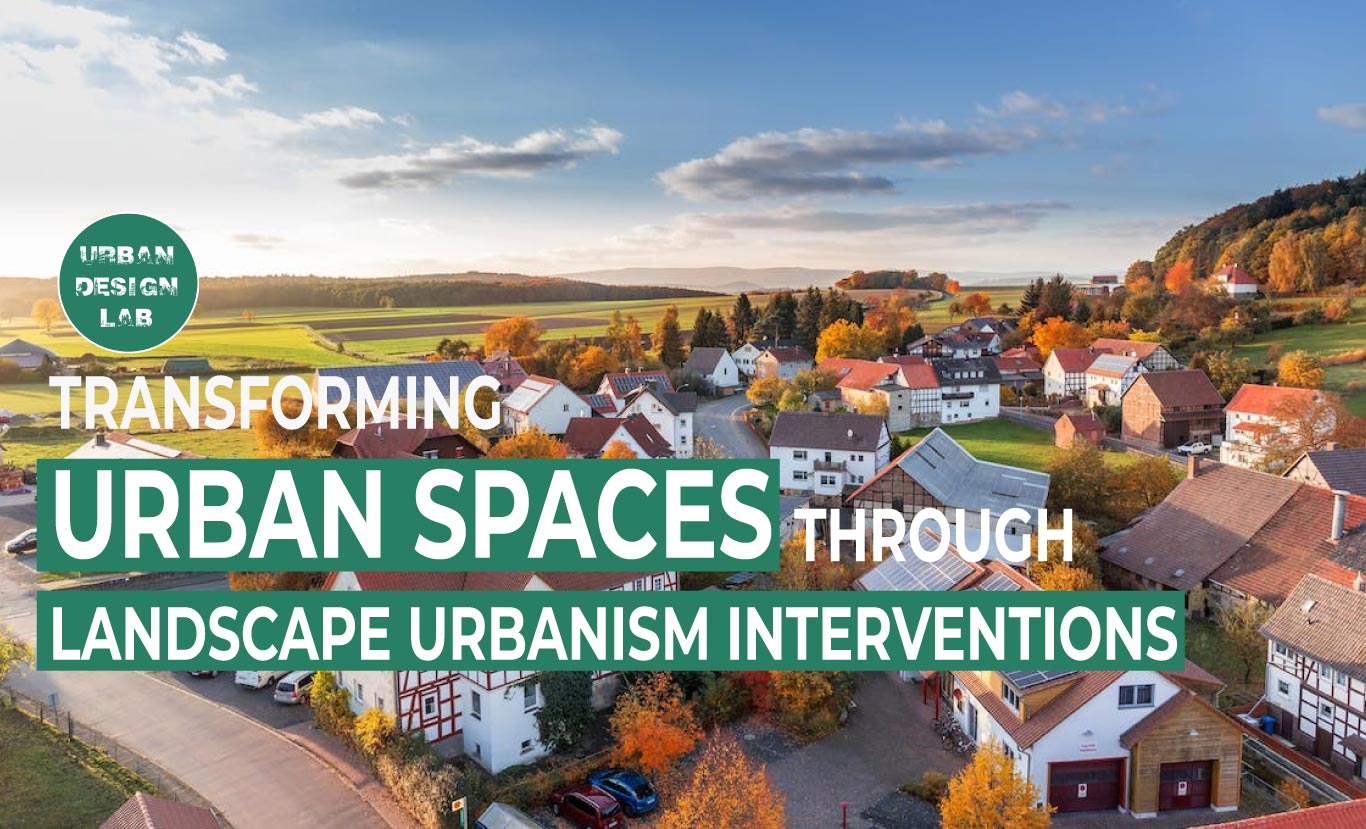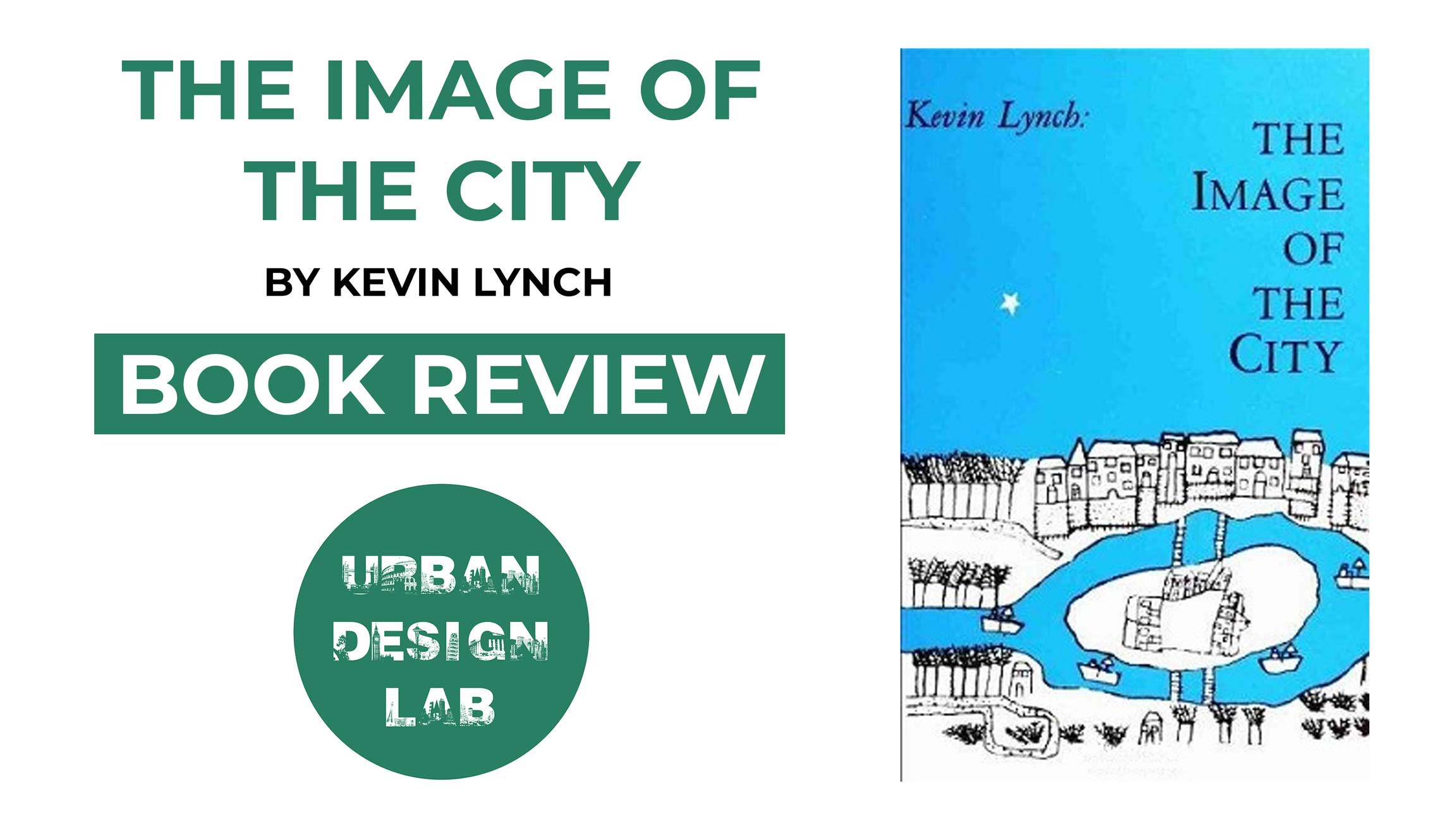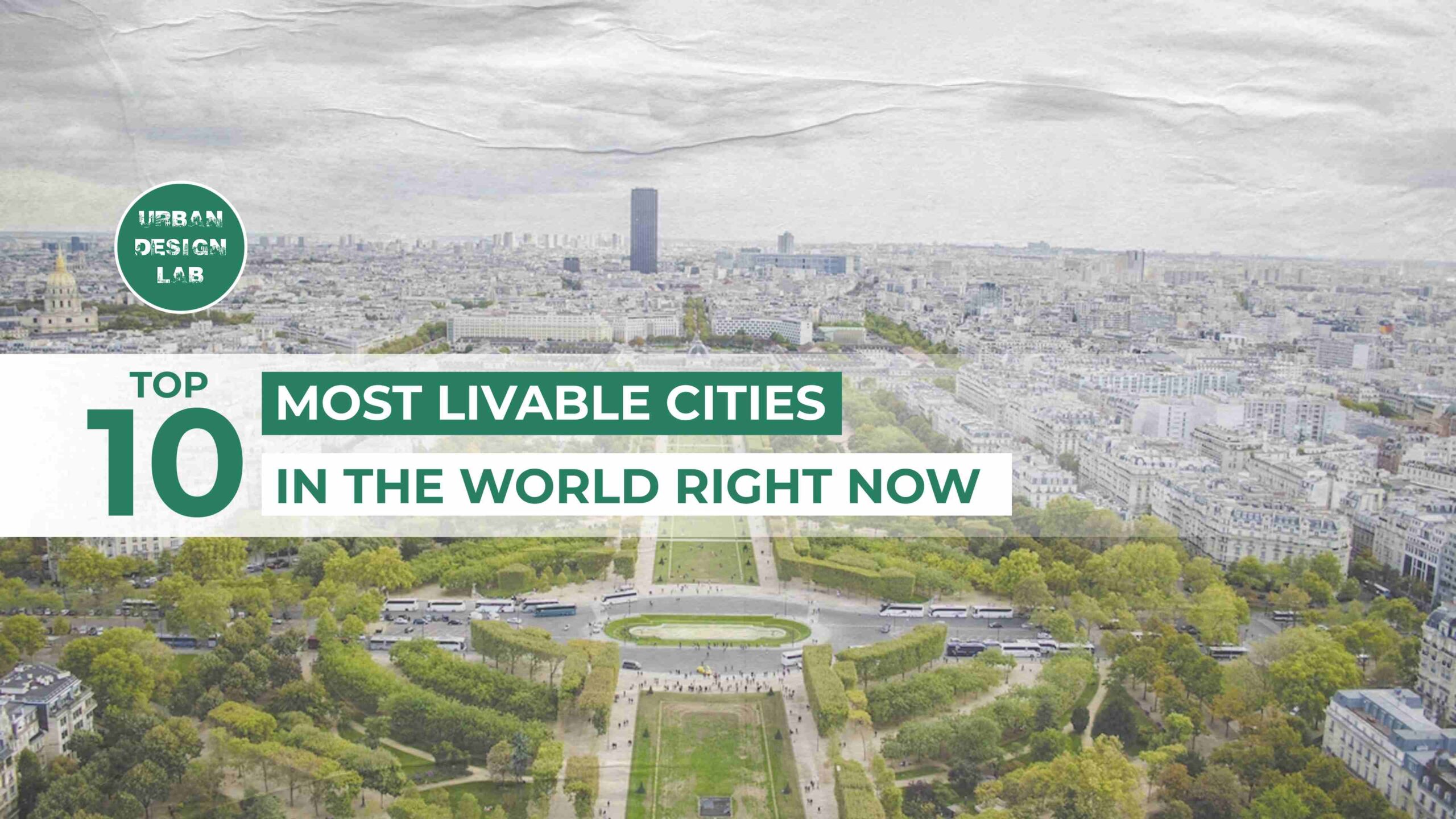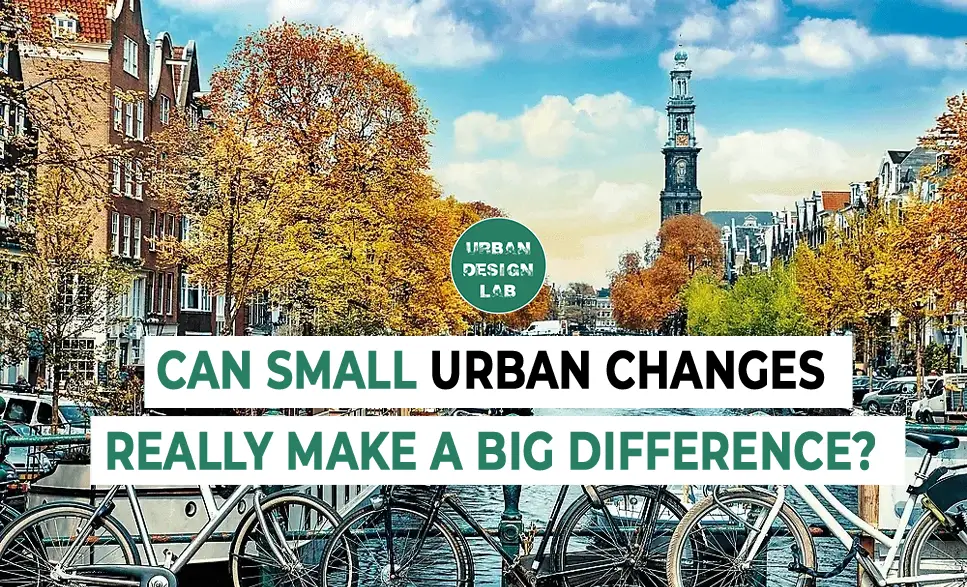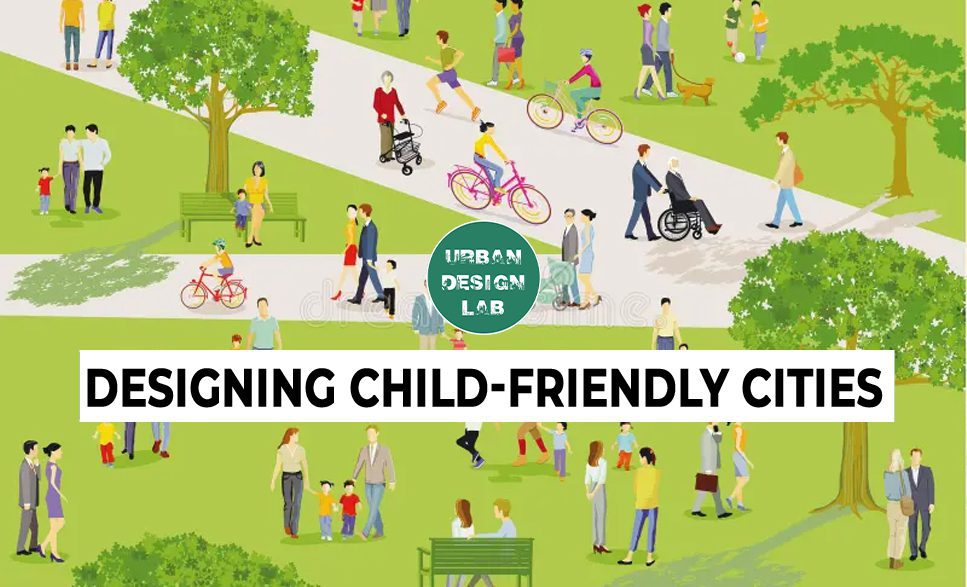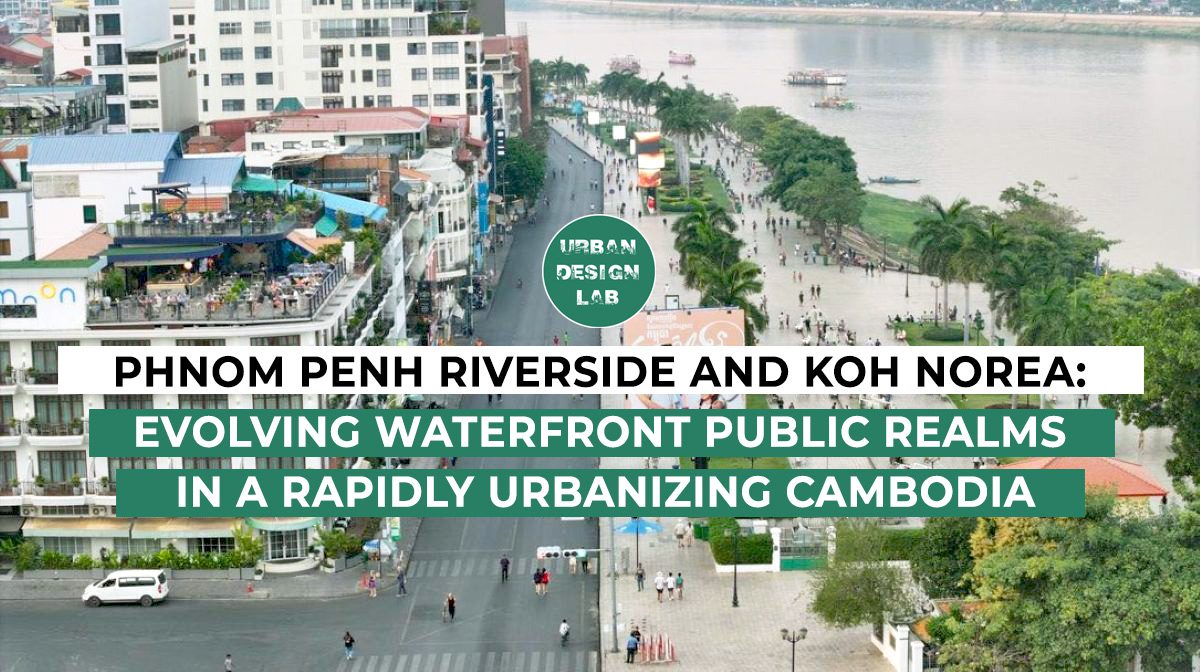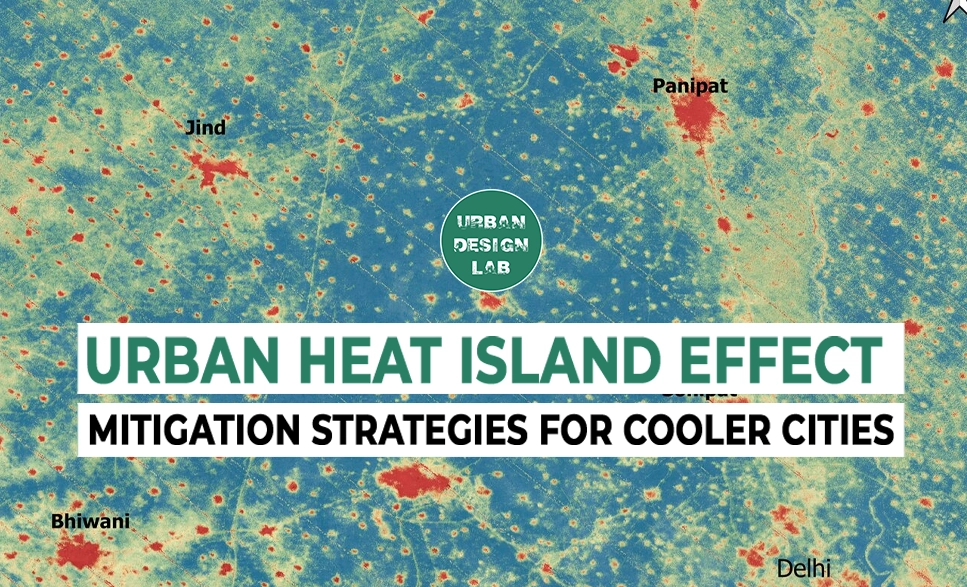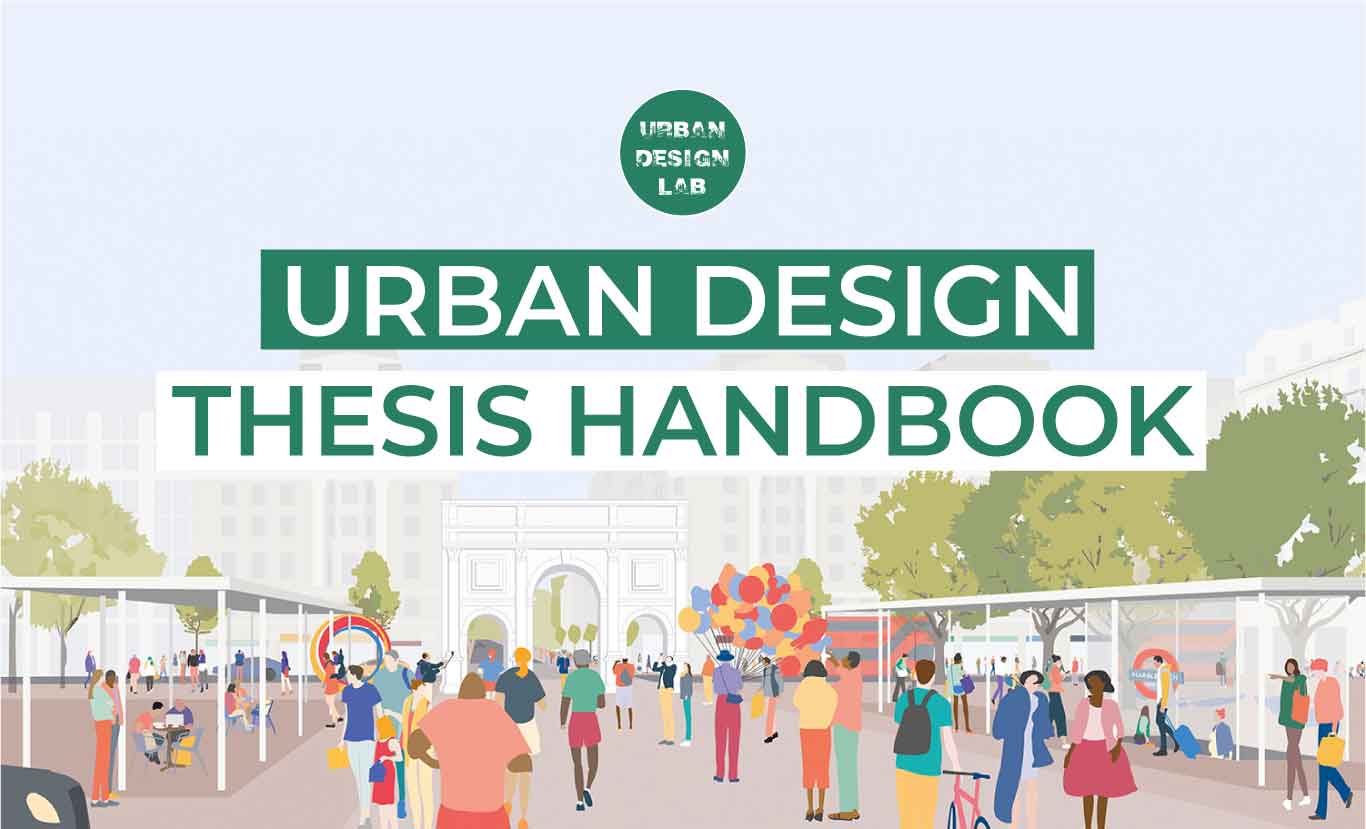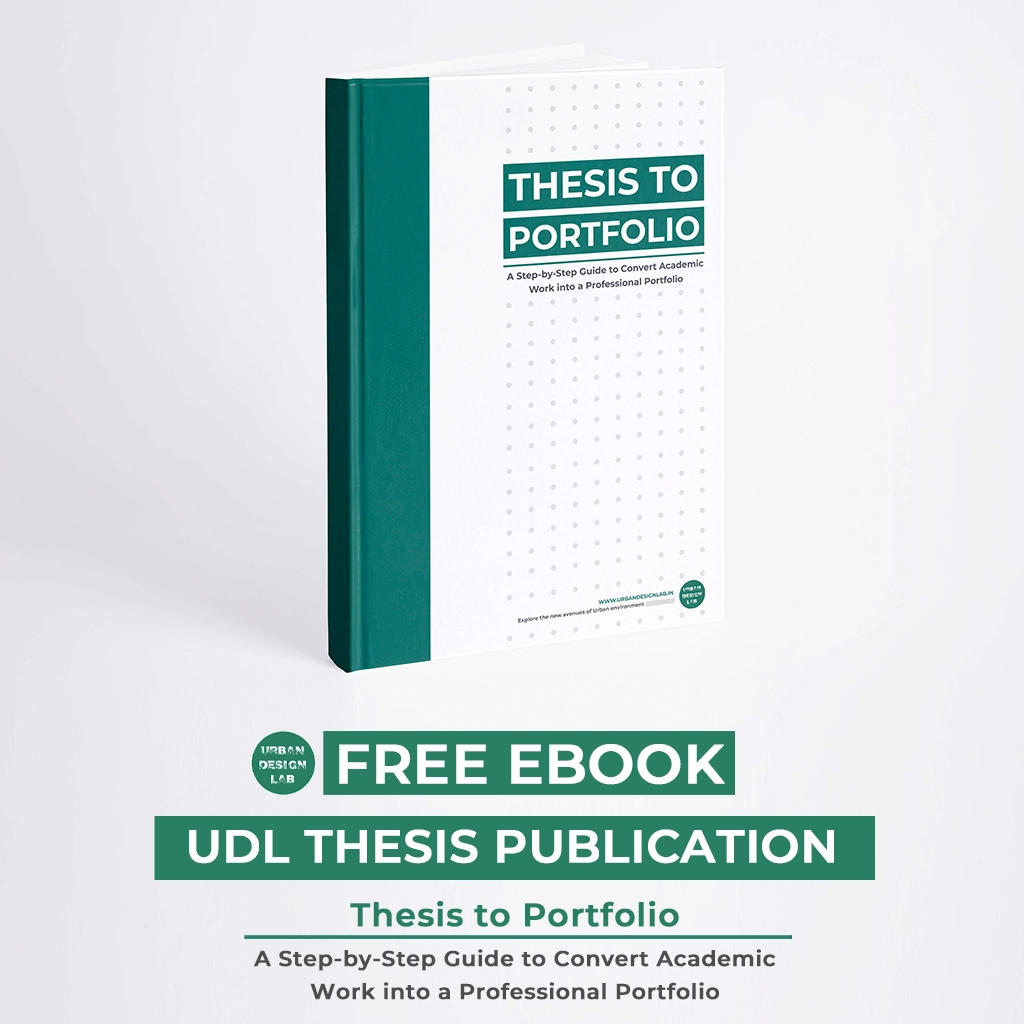
Sustainable Regional Transit Projects Beyond City Limits
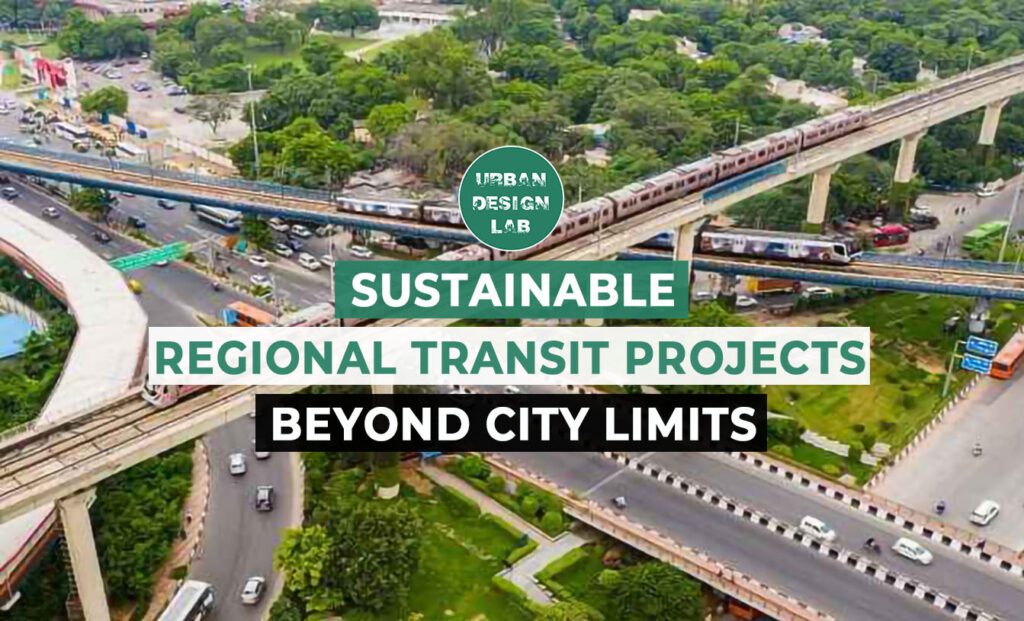
As cities expand, transit requirements of populations in peri-urban and surrounding rural areas are often not served by traditional public transit systems that are centralized in the city. Such a massive gap is created, promoting dependence on the automobile, stunting economic opportunity for non-urban citizens, and enabling urban sprawl. The current article addresses the challenge of developing and implementing sustainable regional transit programs that can connect the urban core with its periphery. It argues that single-mode, stand-alone programs are insufficient. Instead, what is required is an integrated planning approach that includes multimodal strategies, innovative governance arrangements, and sustainable funding mechanisms. This article offers such a framework, including needs assessment, technology choice, governance arrangements, and implementation strategies. Using applicable case studies, it demonstrates the manner in which systems thinking can deliver seamless, equitable, and economically rational regional transit systems that reach far beyond the formal city limits.
Introduction
The planning of public transport has concentrated on high-density city centers. Metropolitan areas now, however, spread over the edges. Peri-urban and rural areas are plugged into the urban economy by commuting and enterprise. People tend to be forced to choose between private cars and poor public transport (Litman, 2023).
The “transit desert” outside the city has serious consequences. It magnifies social injustice by restricting access to employment, education, and healthcare for non-drivers. It promotes inefficient land use with low-density sprawl. It increases greenhouse gas emissions, air pollution, and energy use. It is expensive to households and slows regional development.
To fill this gap, we need to shift from city-centric thinking to a regional one. Regional transit planning demands more than an extension of bus routes; it demands an entire system for low-density, multi-jurisdictional settings. This article discusses just that system, taking into account (1) Context-Sensitive Needs Assessment, (2) Integrated Multi-Modal Networks, and (3) Collaborative Governance and Funding. It is intended as a master guidebook for policymakers and planners to design transit networks that ensure sustainability, equity, and resilience.
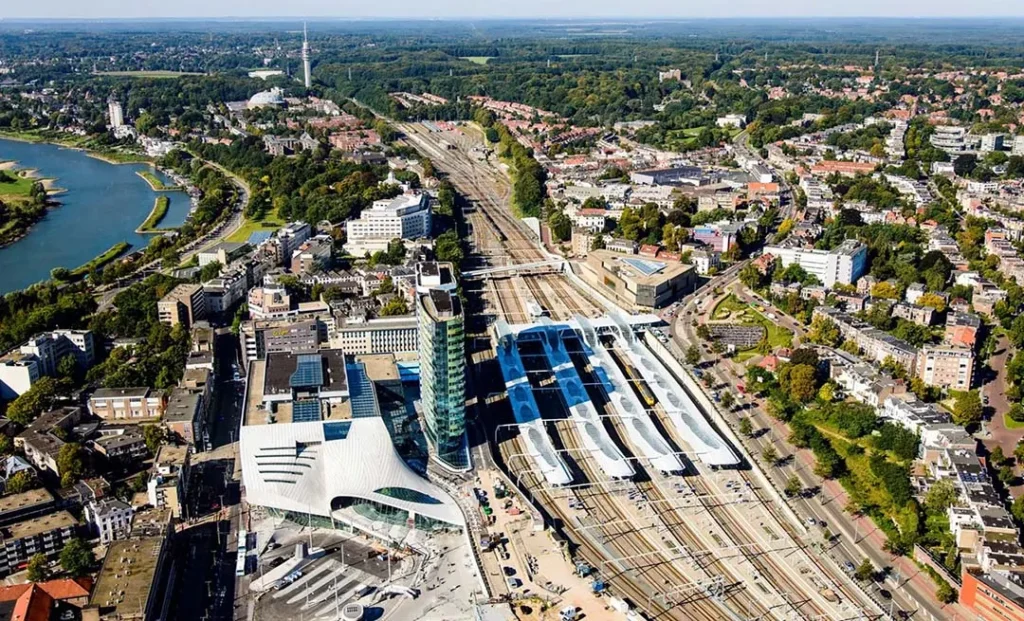
Supporting Literature Study
1. The Mobility Gap of the Peri-Urban and Rural Spaces
Peri-urban and rural physical contexts, with lower population densities, dispersed trip origins and destinations, and longer travel distances, make fixed-route, high-frequency transit economically unviable in the majority of cases (TRB, 2021). Literature highlights a “vicious cycle”: low demand leads to poor service, which generates further low demand. These areas also often have a governance gap, beyond the control of urban transit agencies, without a designated regional agency to take control (GIZ, 2019).
2. Principles of Sustainable Regional Transportation
Sustainable regional transport is characterized by more than just environmental advantage. It has to be:
- Economically Sustainable
- Socially Equitable
- Environmentally Friendly
- Integrated
3. Existing Models and Technologies
Different models have been applied to regional connectivity:
- Regional Rail (e.g., German S-Bahn, French RER): Very effective in linking large population centers over a broad area, the backbone of the network.
- Bus Rapid Transit (BRT): A less rigid and less expensive substitute for rail, with the potential to produce high-capacity corridors linking suburban and peri-urban nodes.
- Demand-Responsive Transit (DRT): Technology-enabled transport (e.g., app-based minibus) that offers flexible, demand-responsive travel in low-density areas, serving as an important first/last-mile solution (UITP, 2022).
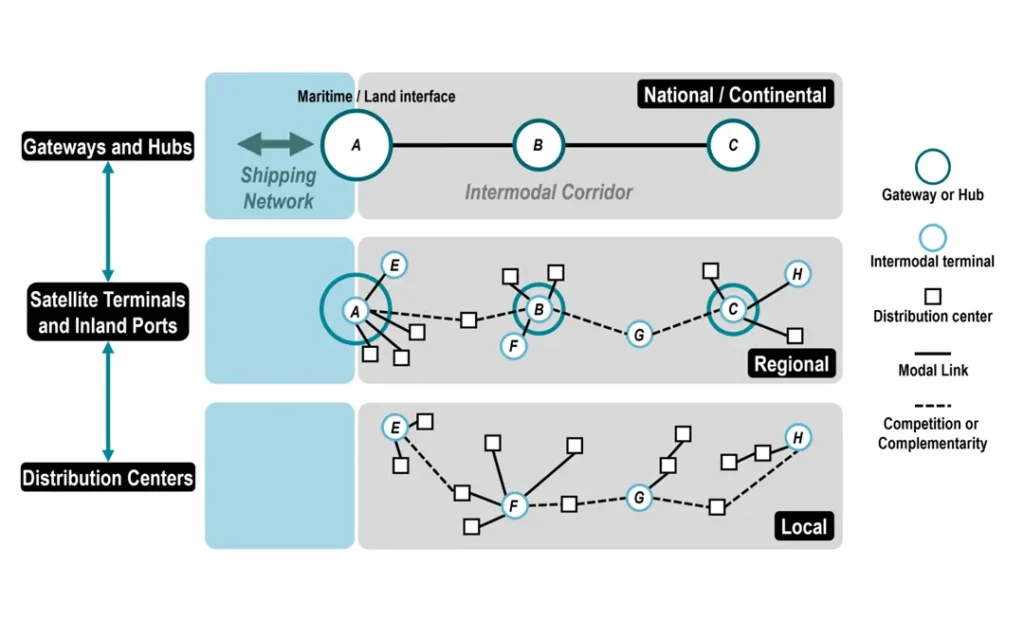
Source: Website Link
Framework for Planning and Implementation
A four-phase approach intended to lead the development of sustainable regional transit projects is recommended.
Phase 1: Regional Needs and Opportunity Assessment
The starting point of any successful project is a thorough appreciation of the regional environment. This phase goes beyond mere ridership forecasting.
- Mapping Desire Lines
- Identifying Equity Gaps
- Asset and Constraint Mapping
Phase 2: Multi-Modal Integration and Technology Selection
One-size-fits-all will not work. This phase is all about designing a hierarchical, integrated network.
- Backbone Corridors
- Feeder Services
- First/Last-Mile Solutions
Phase 3: Collaborative Governance and Funding Models
This is usually the most challenging obstacle. Breaking this down needs creative institutional arrangements.
- Create a Regional Transit Authority (RTA)
- Diversified Funding Portfolio
Phase 4: Phased Implementation and Performance Monitoring
Regional networks take time to develop.
- Strategic Phasing
- Continuous Improvement
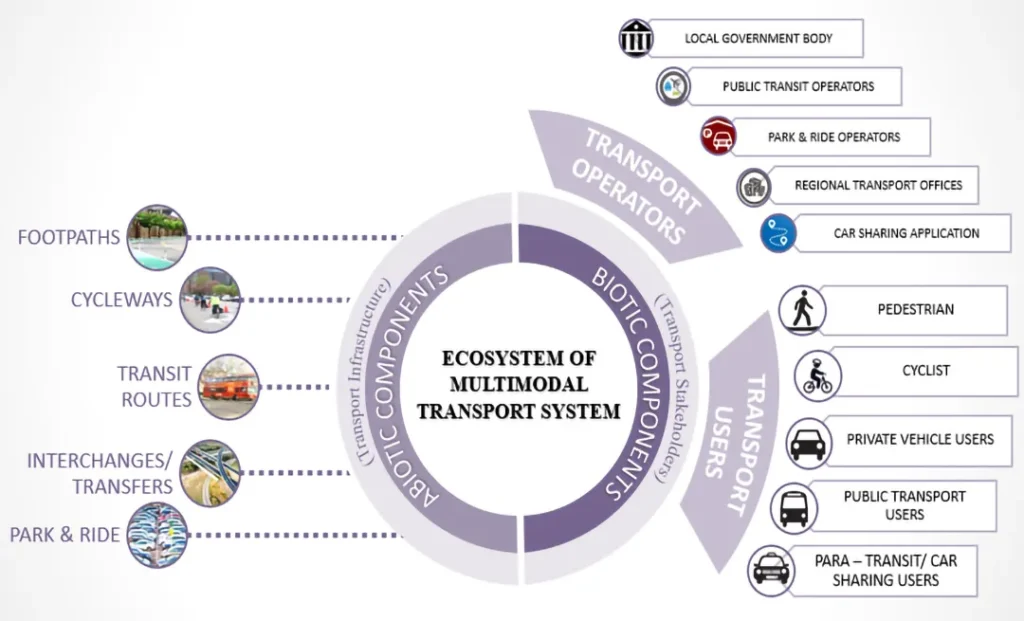
Case Studies from across the Globe
- Case 1: Regional Rail Backbone
The Munich S-Bahn system in Germany is a good example of an established regional backbone. It spans more than 400 km, linking the city center with the broader metropolitan area. It is coordinated by a regional transportation association that combines fares and timetables on S-Bahn, U-Bahn (subway), buses, and trams to offer an easy-to-use travel service under a single government auspices. This system illustrates the benefit of having a strong regional government and integrated network hierarchy.
- Case 2: Corridor Development with BRT
Although originally city-centered, TransMilenio’s success has prompted future extensions to peri-urban municipalities bordering the city, such as Soacha. This shows how affordable BRT corridors can be incrementally expanded to serve expanding peri-urban communities, offering a high-capacity connection to the central city where rail is unaffordable.
- Case 3: Flexible First/Last-Mile Service
The UK’s Tees Valley Combined Authority runs “Tees Flex,” an app-based DRT service employing minibuses to serve suburban and rural communities to town hubs and major transport hubs. It is a successful model for delivering fair mobility in low-density areas that functions as an important feeder to the larger transit system. It is supported and funded regionally, filling gaps that cannot be served by traditional fixed routes.

Further Discussions
The approach set out facilitates overcoming the stagnation that usually immobilizes regional transit projects. Its greatest value is its systems-thinking. Instead of looking at a bus route or rail expansion as an isolated activity, it looks at it as part of an integrated, multi-modal regional system. This kind of thinking generates significant co-benefits:
- Increased Equity: In connecting peripheral communities, it provides higher access to social and economic opportunities.
- Sustainable Land Use: When linked with local land-use plans, transit corridors can channel development into dense, mixed-use centers and prevent urban sprawl.
- Regional Economic Development: Having dependable transit makes the whole region more appealing for investment and talent, making the region economically more competitive overall.
Its most significant challenges are still institutional and political. Political consensus among different, often conflicting, municipalities requires firm political leadership and frank demonstration of shared benefit. Establishing new regional institutions and the development of particular funding machineries is a slow and difficult process. Hence, the success of this system relies on the establishment of a wide coalition of political leaders, planners, business organizations, and community groups who share a common vision of regional mobility.
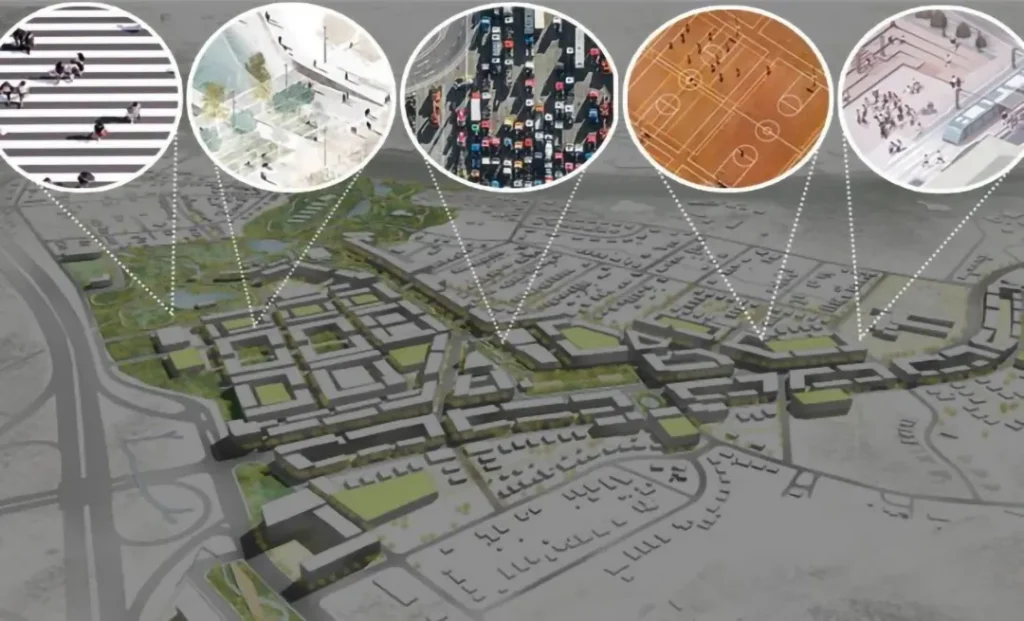
Sustainable regional transport is not a luxury but a necessity for fair and the rapid-paced development of modern cities. The opportunistic, city-centered planning mechanisms of the past are not enough anymore. The article has introduced a complete framework that addresses essential problems with planning for transit: beyond the city limit. Through highlighting data-driven demands, planners and evaluation, multi-modal planning, and collaborative government, planners and policymakers can seize the opportunity to begin building integrated transit systems that are critical to the 21st-century region.
Future studies will need to work on creating comprehensive financial models for regional transit financing and constructing toolkits for the development of multi-jurisdictional governing authorities, especially in the case of developing countries, where explosive peri-urban development poses the greatest pressing challenge.
References
- Cervero, R. (2013). Connecting Transit and Jobs: The Next Generation of Transit-Oriented Development. Center for American Progress.
- Deutsche Gesellschaft für Internationale Zusammenarbeit (GIZ). (2019). FinancingSustainable Urban Mobility in Developing Countries.
- Litman, T. (2023). Evaluating Transportation Equity: Guidance for Incorporating Distributional Impacts in Transport Planning. Victoria Transport Policy 11 Institute.
- Transportation Research Board (TRB). (2021). A Guide for Planning and Operating Flexible and On-Demand Transit Services in Rural and Small Urban Areas. The National Academies of Sciences, Engineering, and Medicine.
- Union Internationale des Transports Publics (UITP). (2022). Policy Brief: On-demand shared mobility to complement public transport.

Sauhard Kukreti
About the Author
Sauhard Kukreti is an architect currently advancing their expertise through a Master’s degree in Planning, specializing in Regional Planning. Their academic and professional interests are deeply rooted in regional planning and development policies, with a focus on sustainable and efficient regional transportation and rural development. They are also keenly interested in the natural environment and its conservation, addressing climate change impacts and mitigation strategies. Furthermore, Sauhard Kukreti explores the integration of artificial intelligence and machine learning to innovate within the field of regional planning.
Related articles


Architecture Professional Degree Delisting: Explained
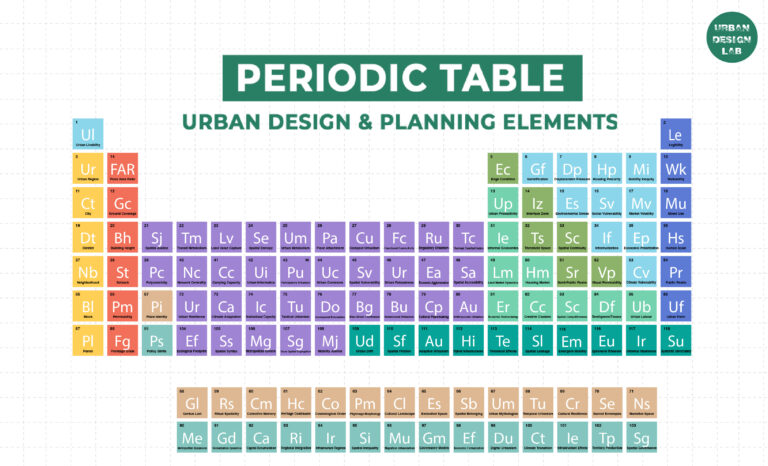
Periodic Table for Urban Design and Planning Elements
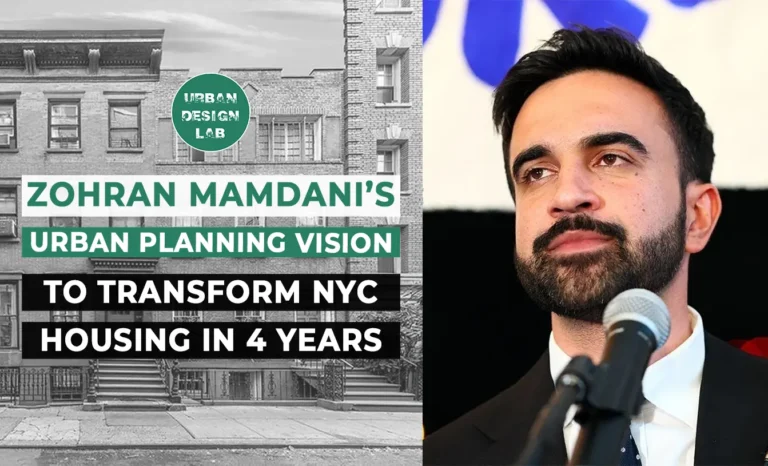
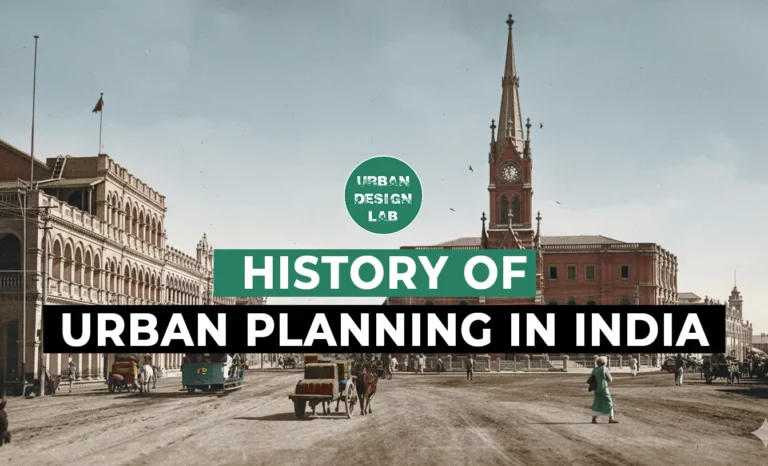
History of Urban Planning in India
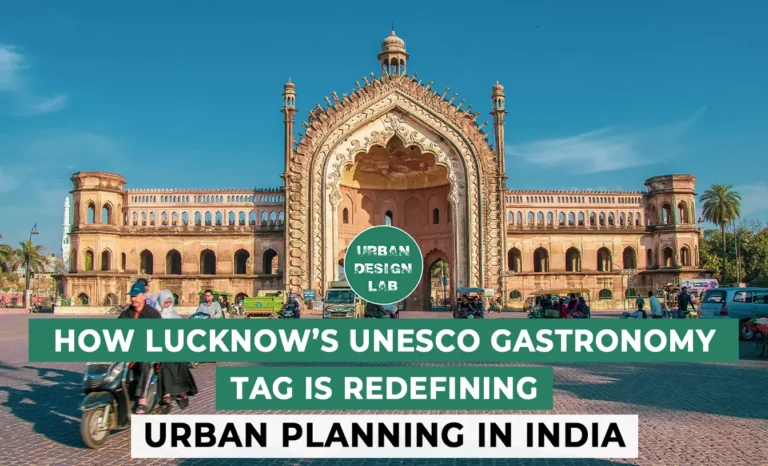
UDL Illustrator
Masterclass
Visualising Urban and Architecture Diagrams
Session Dates
17th-18th January 2026

Urban Design Lab
Be the part of our Network
Stay updated on workshops, design tools, and calls for collaboration
Curating the best graduate thesis project globally!

Free E-Book
From thesis to Portfolio
A Guide to Convert Academic Work into a Professional Portfolio”
Recent Posts
- Article Posted:
- Article Posted:
- Article Posted:
- Article Posted:
- Article Posted:
- Article Posted:
- Article Posted:
- Article Posted:
- Article Posted:
- Article Posted:
- Article Posted:
Sign up for our Newsletter
“Let’s explore the new avenues of Urban environment together “
